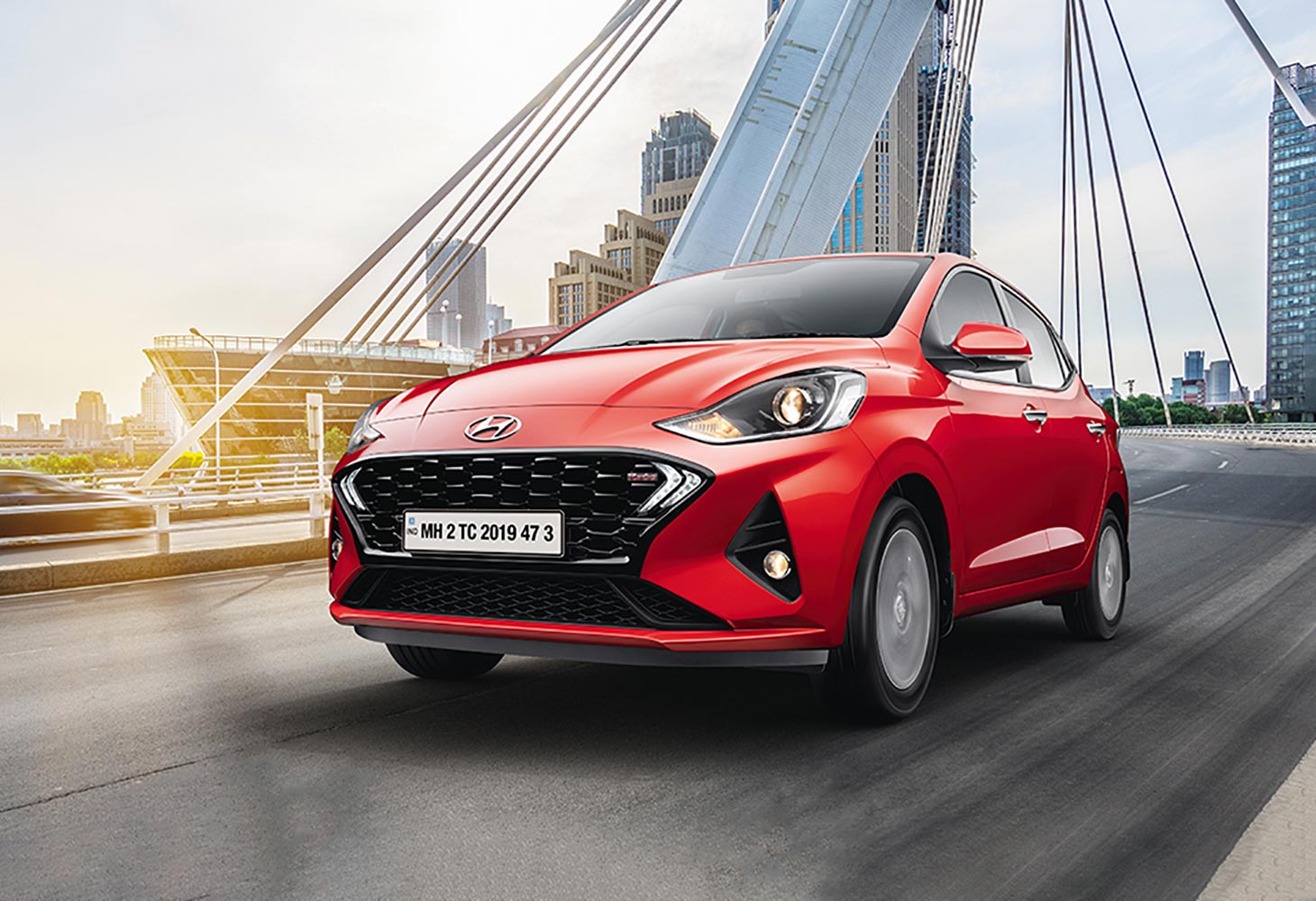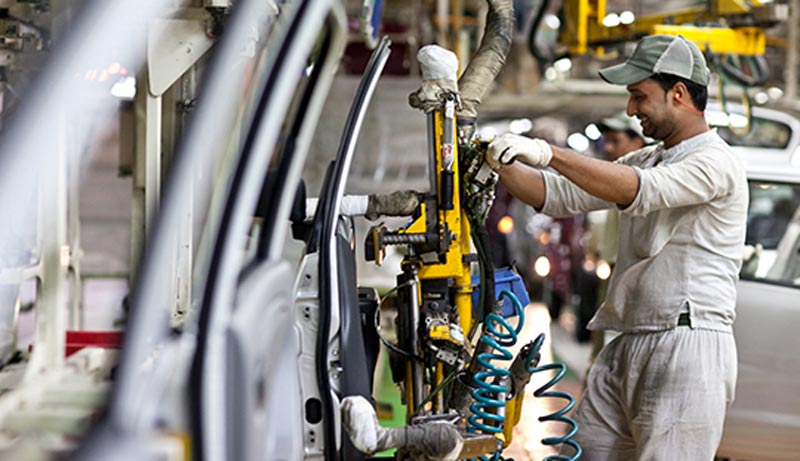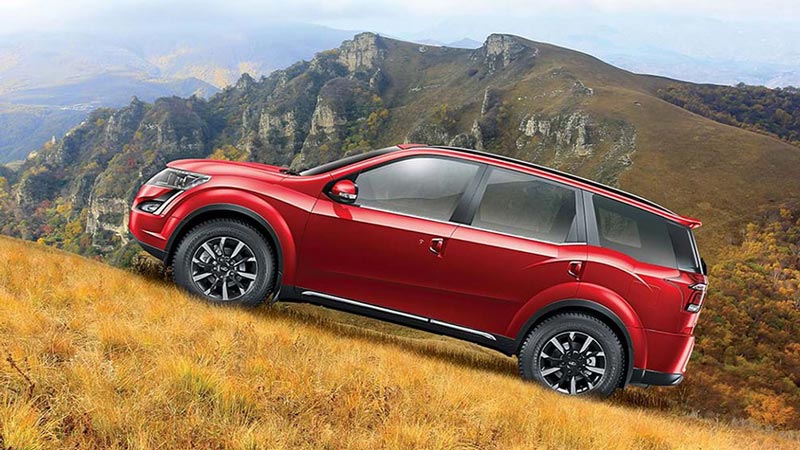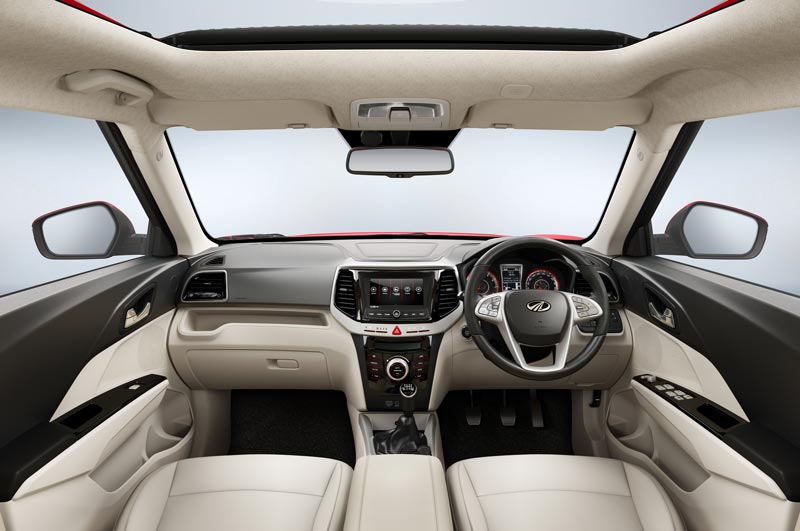
Beyond BS-VI: Emission norms will drive technology in India
In April 2017, India introduced phase one of its corporate average fuel efficiency (CAFE) standards. The regulations mandated fleet-wide carbon dioxide (CO2) emissions of below 130 grams per kilometre and provided auto manufacturers 12 months to comply. Despite opposition from Indian OEMs, phase two of the CAFE standards will continue as planned for April 1, 2022, where carbon emissions will be limited to 113 grams per kilometre.
Recent reports suggest the Society of Indian Automobile Manufacturers (SIAM), a trade group that represents major carmakers in India, unsuccessfully lobbied transport ministry officials for an extension of the tight deadline in early March. India’s government is becoming increasingly aggressive in its efforts to improve air quality and reduce greenhouse gas emissions in the second-most populous nation.

It has been a year since Bharat Stage VI (BS-VI) emissions standards were implemented in India to regulate the output of air pollutants in compression-ignition engines and spark-ignition engines. Initially proposed in 2016, the rollout of BS-VI was achieved in record time—two to three weeks ahead of the April 1, 2020 cut-off date.
During a two-day virtual conference on April 28-29, 2021, entitled Meeting Emissions Challenges – A Year of BS-VI and Beyond, Indian Oil Corp. (IOC) Chairman, Shrikant Madhav Vaidya, commended the smooth rollout of BS-VI fuels. The arrival of Covid-19 did not give us the chance to celebrate this great achievement, he says.
Vaidya was appointed chairman of Indian Oil Corp., India’s largest public sector oil and gas company, in July 2020.
In Europe, the next, and possibly final, stage of vehicle emission standards is almost a reality. Euro 7 will focus on real- world emissions with complete proposals due at the end of 2021. There is speculation that the standard will come into force around 2025.
With BS-VI now bedded in, what’s next for India? Is BS-VI the end of the line with attention turning to zero-emission vehicles, or should India follow the European roadmap to establish Bharat Stage VII (BS-VII)?
The fundamental question is whether to continue with India’s technology-agnostic policies, says Biswajyoti Mandal, chief technology officer (CTO) at Schaeffler India, during an expert panel discussion on April 29. A technology-agnostic approach would encourage India to follow Europe’s lead, and minimise uncertainty about future technology requirements. Although, technology that has worked in the west may not work in India, says Mandal.
Mandal advocates a move to BS-VII, tightening emissions from BS-VI and becoming more stringent from a real-world point of view. Fellow panellist, Dr. Ravi Damodaran, CTO at engineering company Greaves Cotton, is also supportive of tightening emission norms—using Euro 7 as a starting point.
Damodaran stressed the importance of adapting emission norms to Indian conditions, citing the uniqueness of India’s drive cycles. European road infrastructure allows more aggressive, highspeed driving modes. The same cannot be said for India, where a low-speed, low-load environment more accurately reflects the running pattern of users. We need to consider this in the short term, says Damodaran.

While Vaidya commended the rollout of BS-VI fuel, the newest emission norms posed significant challenges for India’s auto manufacturers in terms of preparedness and technology maturity. Manufacturers relied on existing technology outside India, such as aftertreatment systems. Adopting foreign technologies turned out to be disrupting in India, says Damodaran. This resulted in some significant price increases and volume reductions—forcing OEMs to discontinue certain models. These industry-wide impacts were not observed in earlier Bharat standard updates.
Manufacturers wish to avoid similar pain with a shift to BS-VII. Policymakers need to look at the available and emerging technologies of Indian players to see how they can meet safety and emissions challenges for new emission norms, he says.
Naresh Phansalkar, director, global CTOH engineering, clean air, at Tenneco Inc., also believes it is prudent to follow Europe’s lead. Significant learnings can be gleaned from Europe’s experience. Though, European solutions for European requirements come at a European cost, says Phansalkar. We will not be able to replicate [Europe’s approach] in our region—which is cost-sensitive, he says. Phansalkar recommends taking European technology and engaging India’s own technology providers to come up with smart solutions which meet requirements for performance, quality, and most importantly, cost.
How soon should India move forward with BS-VII? Phansalkar told virtual conference attendees a timeframe of seven to eight years would be appropriate. We do not want to jump straight in and should continue to work on alternative options in parallel, he says.
In the short term, Phansalkar proposed a continuation of BS-VI “as is”, and a focus on heavy-duty applications first. A subsequent “add-on” module would manage BS-VII requirements. This would have less impact from a cost and engineering perspective than a completely brand new aftertreatment, he says.
A key learning from BSVI is that we should have been given more time, which would have required an earlier mandate, says Damodaran. If we want the right product at the right cost, we must bring the mandate as soon as possible— to allow sufficient time for OEMs to develop the right technology at an appropriate cost. Europe has an outlook for 2030, providing 10 years to determine the correct path. A similar roadmap with clearly defined timelines is critical, otherwise, the solutions may not be optimal. Policy changes need to be done upfront, he says. It is emission norms that will drive technology— not the other way around, says Damodaran. They may also drive the fuel mix.
Despite increasing rhetoric around a possible shift to BS-VII, at this stage there is no serious talk of stage seven emissions standards within the mainstream automotive and oil industries. India’s focus appears to be more on energy efficiencies, carbon dioxide containment, renewable energy sourcing and electric vehicle adoption strategies, according to other industry experts. Stricter enforcement of particulates in vehicle emissions is likely to take centre stage, with an interest in ethanol and methanol also growing across the country.
Vaidya, who spearheaded the launch of XP 100— the highest octane fuel in the country, provided virtual conference attendees an update on IOC’s offerings “beyond BS-VI.” While the auto industry is working hard to improve the efficiency of vehicles, the IOC chairman suggested that the company’s focus is on delivering differentiated and higher quality fuels.
Vaidya emphasised his company’s commitment to the eagerly awaited 95 octane fuel. “There is a long-time demand from SIAM for 95 octane gasoline,” said Vaidya. The IOC chairman outlined plans to roll out 95 octane to 8,000 retail outlets by May 1, 2021, and 12,000-13,000 by the end of June.

Vaidya also offered details on the launch of a new high-performance diesel fuel that will feature a cetane number of 55. The IS specification (of regular diesel) is 51. A trial on commercial vehicles yielded fuel efficiency of more than 6.9%, which Vaidya labelled a “phenomenal increase.” The fuel has the added benefit of lower emissions and a reduced noise factor, he says.
The “next big thing” is hydrogen-spiked CNG, says Vaidya. This will be a game-changer for the auto industry, he says. In a recent six-month trial, the company achieved near BS-VI emissions from BS-IV engines using hydrogen spiked CNG—without the need to change automobiles or engines. Results will be published soon, he says.
IOC is committed to the use of hydrogen in various pathways—but it will be a long time before it is economically viable, says Vaidya. India is the world’s largest producer of hydrogen— albeit grey hydrogen at this point. The company will launch nearly 50 hydrogen buses on fuel cells by October or November this year, “a big statement that hydrogen will be there in the future.” The Indian government is also pushing for LNG, with plans to take gas consumption from 6.2% to 15% of the energy pie by 2030.
Of course, the juggernaut that is electric vehicles requires significant focus. IOC has joined hands with Phinergy, an Israeli company specialising in aluminium-air (Al-Air) and zinc-air battery systems for electric vehicles, with plans to establish an aluminium battery plant. Vaidya cited the need to move away from lithium, because aluminium is abundantly available in India.








